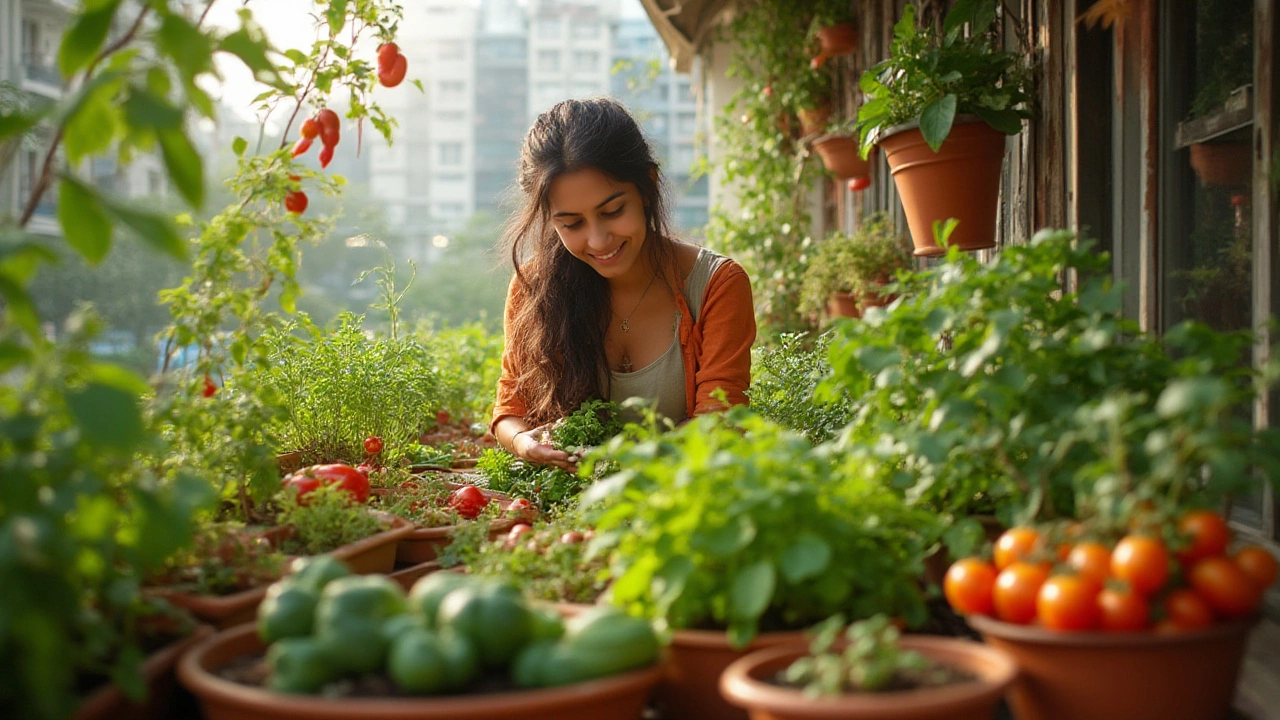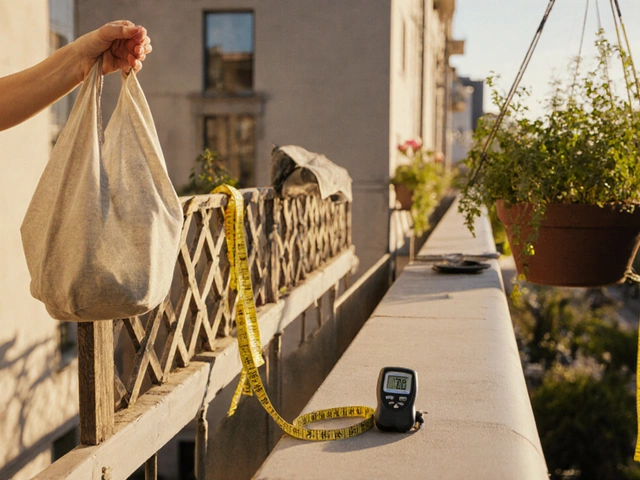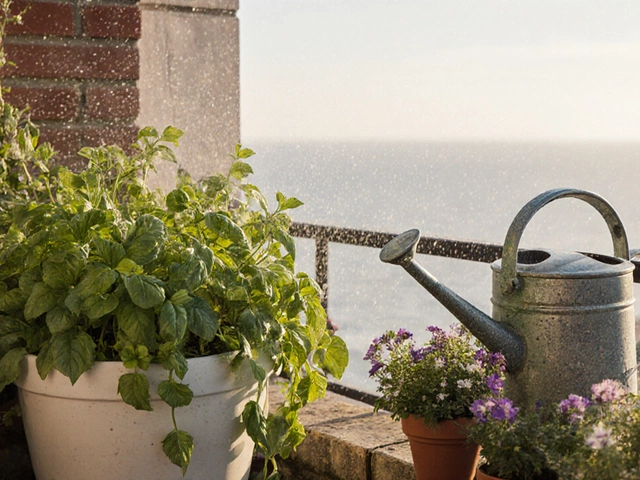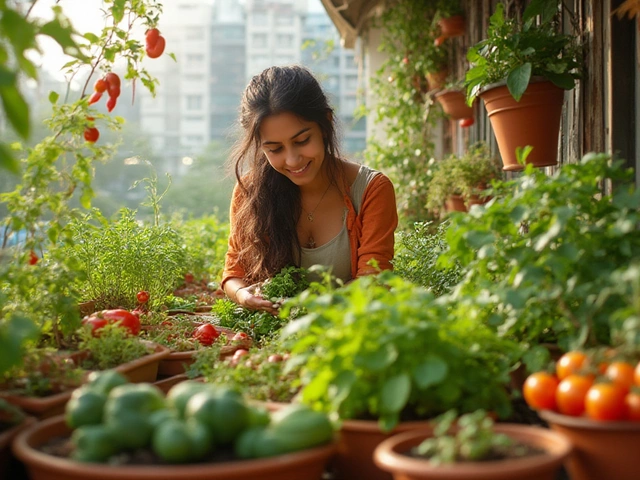Fresh vegetables growing outside your window, ripe for the picking—sounds impossible if you don’t have a backyard, right? City living or tiny apartments with just a sliver of outdoor space can make you feel left out of the gardening craze. Yet, balcony vegetable gardening isn’t just a trend on social media; it’s a thriving, practical solution for millions of urban dwellers who want tasty, homegrown produce. You don’t need acres or raised beds. A few clever choices, a little patience, and even the smallest balcony can burst with flavor and color—right outside your kitchen. Urban farming isn’t just for those “urban farmer” types; it’s for anyone willing to get their hands a bit dirty and change up the view from their morning coffee spot.
What Vegetables Can You Really Grow on a Balcony?
The idea that only certain veggies can thrive on balconies just isn’t true anymore. Advances in compact plant breeding and smart container design have cracked that code wide open. You’re no longer limited to sad little herbs squeezed into a window box. I’ve got friends in city high-rises who harvest buckets of cherry tomatoes and snap beans every season—and it’s not magic, just smart choices.
Let’s start with the stars of the balcony garden. Cherry tomatoes are like the golden retrievers of veggies—reliable, easygoing, and sunshine-obsessed. You’ll want to choose varieties bred for containers, such as Terenzo or Tiny Tim. They handle tight quarters, and with a sturdy pot and a sunny spot, you could be eating handfuls straight from your balcony by midsummer. Peppers—especially small, sweet types like Lunchbox or Jalapeño—are also at home on a balcony. They appreciate heat and protection from wild winds, which a balcony naturally provides.
Leafy greens like lettuce, spinach, and arugula couldn’t care less about sprawling roots—what they want is consistent moisture and a bit of shade from summer’s harshest afternoon rays. Pick-and-cut varieties (like Buttercrunch or Baby Leaf mixtures) are perfect; they let you snack all season from a single container. If you’re a salad fan, you might never buy packaged greens again.
Beans, especially bush types, are famous for their productivity and minimal root space. Try ‘Mascotte’ if you want something bred for containers, or go for pole beans if you have space and can rig a simple vertical trellis. I’ve seen people grow climbing beans up balcony rails, right beside their drying laundry!
Root veggies like radishes and baby carrots are surprisingly easy, as long as your containers are deep enough (about 10 inches will do). Don’t expect massive carrots or beets, but you’ll get sweet, crunchy baby versions, which honestly taste better in salads or as snacks.
Don’t overlook herbs: basil, parsley, cilantro, chives, thyme, and mint all thrive in pots, plus they look lovely lined up on a balustrade or perched next to your coffee mug. Pro tip: keep mint by itself, or it’ll take over every other plant. Yes, it’s that aggressive—like Fluffy if I dared to bring another cat home.
What if you’re dreaming even bigger? With sturdy containers and good support, even compact cucumbers or dwarf zucchini can work, though they need more regular feeding and water. Be ready for your balcony to double as a mini jungle during the growing season.
Scientists at the Food and Agriculture Organization have estimated that urban gardening supplies over 20% of the world’s food—a lot of those gardens happen on balconies and roofs. Balconies are more productive than you’d think! The secret? Picking varieties bred for small spaces and giving them the tailored care they crave.
| Vegetable | Recommended Variety | Pot Depth | Sun Needed |
|---|---|---|---|
| Cherry Tomato | Tiny Tim, Red Robin | 12–14 in. | 6+ hrs |
| Sweet Pepper | Lunchbox, Redskin | 10–12 in. | 6+ hrs |
| Lettuce | Little Gem, Buttercrunch | 6–8 in. | 3–6 hrs |
| Radish | French Breakfast | 6–8 in. | 4+ hrs |
| Green Beans | Mascotte, Provider | 8–10 in. | 6+ hrs |
| Herbs | Genovese Basil, Chives | 6 in. | 4+ hrs |

Balcony Garden Setup: Sunlight, Soil, and Containers
So, you’ve got your seeds—or maybe you’re eyeing some lush seedlings at the local farmer’s market. The real magic happens in how you set up your balcony garden. Here’s where a few details can mean the difference between a thriving veggie patch and a tired windowsill of wilted greens.
Start with sunlight. Most vegetables want at least 6 hours of sunlight a day. South-facing balconies usually get the best light, while north-facing ones can be shadier. East is great for gentle morning sun (perfect for lettuce and spinach), while west-facing balconies get hotter afternoon rays. Not sure what you’ve got? Watch your balcony for a day and take notes—how long does the sun actually hit your railings and pots?
If you’re short on light, don’t stress. Leafy greens, herbs, and radishes can perform in partial shade. Fruiting plants like tomatoes or peppers want as much direct sun as you can give. Sometimes, you just need to shuffle your pots around. I’ve been known to rotate mine like a game of musical chairs, chasing the sunniest spots for Fluffy’s naptime and my tomatoes’ prime hours.
Containers are a game-changer. Think bigger and deeper than you might guess; small pots dry out fast and stunt roots. Go for at least 12-inch wide and deep containers for tomatoes and peppers, 6–8 inch pots for lettuce, and don’t be afraid to mix sizes and shapes. Self-watering planters save you headaches in summer, keeping a steady reservoir for thirsty plants. Hanging baskets work wonders for trailing strawberries or overflow basil. Just make sure your containers have drainage holes. Standing water is a death sentence for roots.
Soil matters more than you think. Regular garden soil compacts too much in pots. Use a high-quality potting mix for containers—look for something light, fluffy, and able to hold moisture while draining well. Adding a little compost (either homemade or store-bought) gives plants a nutrient boost. My “secret” is mixing in a handful of worm castings every time I plant something new; it’s like multi-vitamins for vegetables.
Don’t skimp on support for climbers. Even balconies need trellises or stakes for tomatoes, cucumbers, and beans. A roll of garden twine, a couple of bamboo canes, or even upcycled bike wheel rims can all make perfectly unique climbing frames. If you want your garden to look smart, match your containers or add a pop of color—plants don’t care, but you might enjoy your morning coffee view more.
Water is the make-or-break balcony factor. Pots dry out quickly, especially if you’ve got hot, breezy conditions. Check daily during summer; sometimes, they’ll need water twice a day, especially if your containers are smaller or the balcony is exposed. A simple moisture meter helps, but you can just stick your finger in the soil—dry? Time to water. Don’t let the soil get soggy, though, or roots will rot.
Fertilizer isn’t optional in container gardens. Even the best soil mix loses nutrients over time. A monthly dose of balanced liquid fertilizer—think fish emulsion or seaweed extract—keeps your veggies happy and productive. Organic slow-release pellets work, too. Check feeding instructions for each type of plant, and watch for signs of deficiency (like yellow leaves or slow growth).
Wind protection is your final challenge. Balconies, especially above the third floor, can be wind tunnels. Grouping pots together, putting up a simple mesh screen, or even using a tall container as a windbreak helps a lot. If your plants look battered or tippy, give them backup—stakes, ties, shields, or even a Fluffy-approved wind-safe spot behind a sturdy chair.
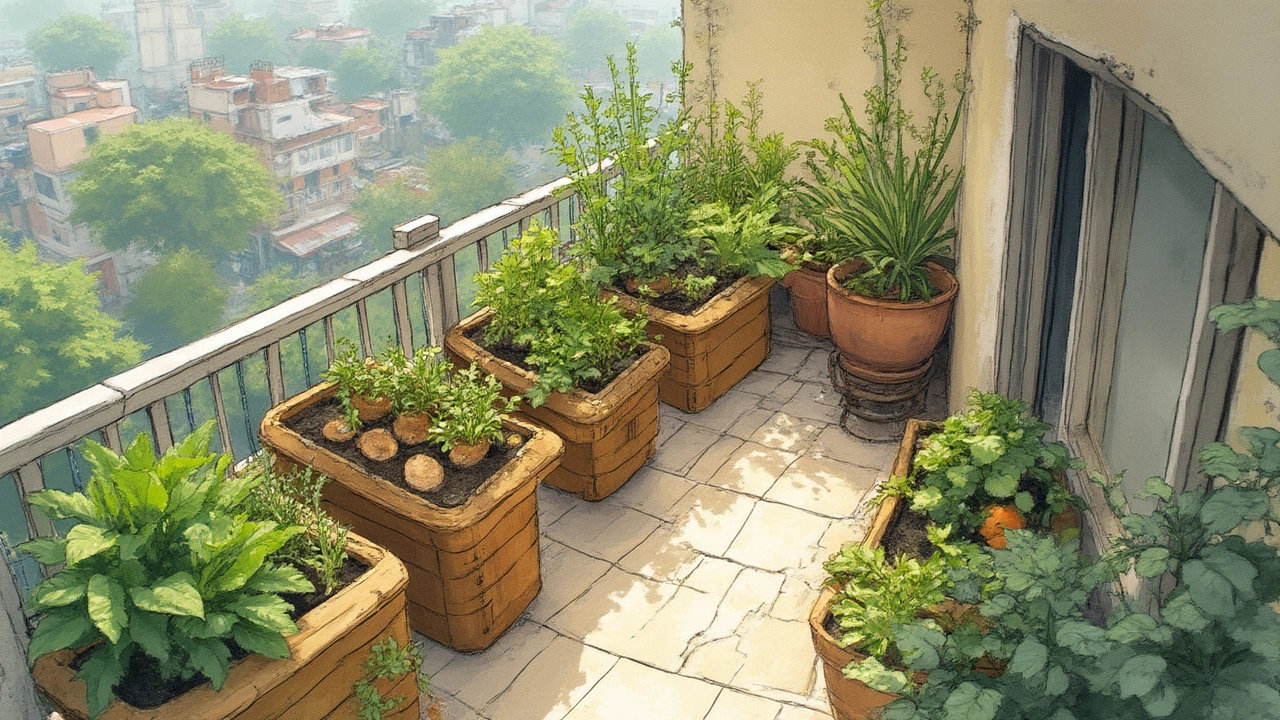
Maximizing Harvest and Dealing with Common Balcony Garden Challenges
Getting that first handful of cherry tomatoes or snappy beans off your balcony feels like magic. But real balcony veggie wizardry is about keeping your harvest coming—and dodging problems that can catch even seasoned growers off guard.
The easiest trick to keep veggies producing: regular picking. The more you harvest, especially with greens and beans, the more they pump out new growth. Don’t wait for lettuce leaves to bolt (shoot up and turn bitter), and snip beans while they’re tender. Tomatoes ripen faster on the vine in warm weather, but once they start turning color, you can bring them inside to finish up and make space for new fruit.
Pollination can sometimes be tricky on balconies, especially if they’re shielded from breezes and pollinators. For tomatoes, peppers, and eggplant, a gentle shake of the main stem every few days helps pollen move around. If you’re growing squash or cucumber, use a soft paintbrush to transfer pollen from male to female flowers—seriously, it works.
Pests can and do show up, even several stories up. Aphids, spider mites, and whiteflies are the typical culprits for cramped balconies. A weekly leaf check lets you spot trouble early. Knock pests off with a strong spray of water, or wipe with mild soapy water. Ladybugs can be your balcony’s tiny superheroes—some garden centers will sell you a cup if you’re feeling ambitious.
Disease is less common in containers, but don’t crowd your plants; space improves airflow and discourages mold. Water at the soil line, not on the leaves, to keep fungus at bay. Remove any yellowing or damaged leaves quickly. If you’re rotating crops each season, even on a small scale, it helps avoid soil-borne pests and tired dirt.
For nutrition, keep an eye out for “hungry” signs: pale, stunted leaves or poor fruit set. Extra feeding may be needed during fruiting or in heavy rain periods when nutrients leach out. Miracle moment: a wilted cucumber plant perking right up a few hours after a potassium boost.
Space is always tight on balconies, so try vertical solutions: stack pots, install hanging planters, or lean a small ladder shelf against the wall for tiered planting. Interplanting—putting quick lettuces underneath tall tomatoes, or basil by peppers—makes the most of precious inches, and keeps the microclimate humid and happy.
If you’re heading out of town, invest in a self-watering system, or buddy up with a neighbor who’s willing to do a daily water check. Balcony gardens are social glue in cities; you’d be amazed at the friendships (and veggie swaps) that happen above street level.
Want some fun numbers? A study in Toronto found that an average 2-square-meter balcony garden (roughly the size of a cafe table) can grow up to 25 kg of fresh produce in one season with good care, container rotation, and regular feeding. It might sound wild, but it’s completely possible with smart planting and little wasted space.
Don’t be shy about experimenting. Try a new veggie or two each year, grow a few extra herbs to share, or plant edible flowers for color and pollinator power. The best balcony gardens have character—they reflect your tastes, your successes (and failures), and sometimes a grumpy house cat who likes napping under the basil.
So, if you look out at your balcony and see only a plain slab of concrete, just know: in a few months, it could be your private salad bar, salsa station, or secret snacking place. Start with one pot, the right soil, and the sunniest spot you have—the rest is up to you and your green thumb. The world’s freshest salad might just be a few steps from your stove.
